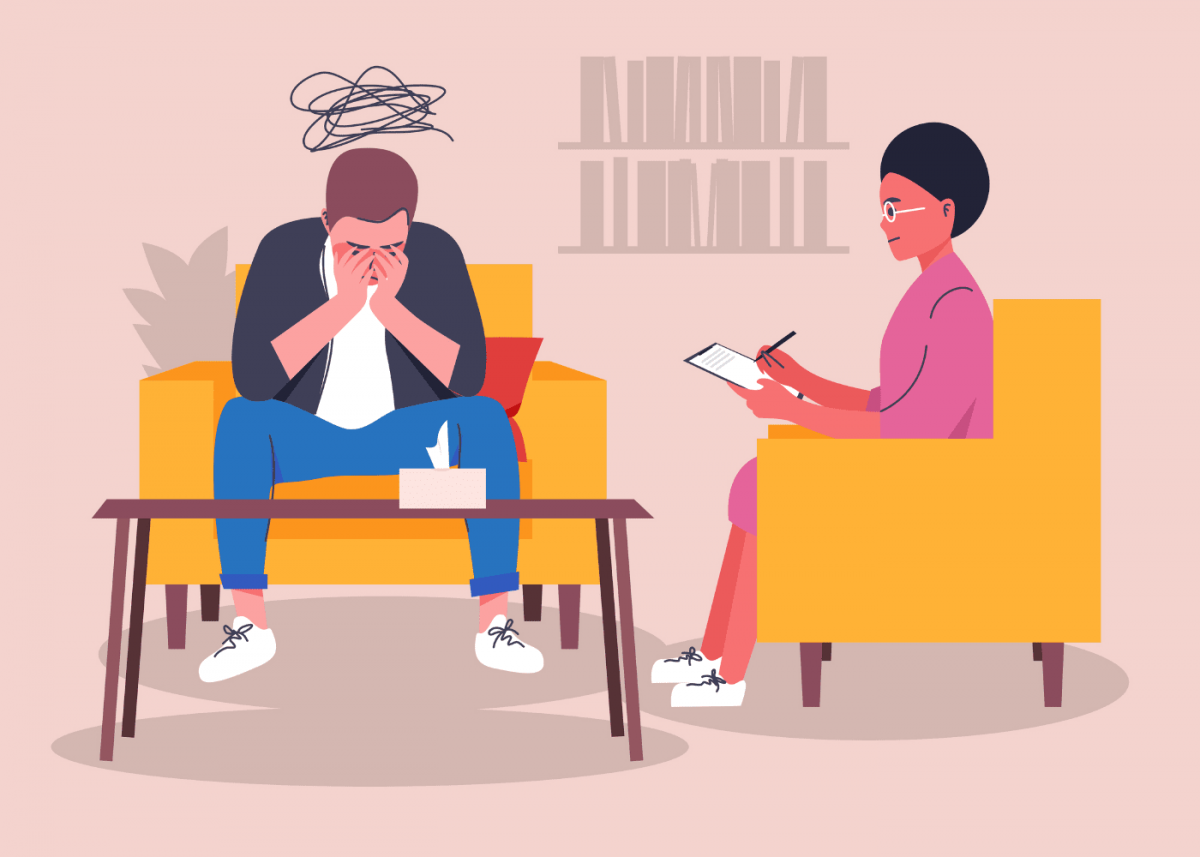Therapy is a form of mental health treatment that helps individuals manage their emotions, behaviors, and thoughts. Despite its widespread use and proven effectiveness, there are many myths surrounding therapy that prevent people from seeking the help they need. In this article, we will explore some common therapy myths and provide the facts to help dispel these misconceptions.
The decision to seek therapy can be a difficult one, but it is a step towards prioritizing one’s mental health and well-being. There are a variety of reasons why individuals may choose to enter therapy, ranging from managing mental health conditions to improving relationships and communication skills.
Myth #1: Therapy is only for people with serious mental health issues
One of the most common therapy myths is that it is only for people with serious mental health issues, such as depression, anxiety, or bipolar disorder. While therapy can certainly be helpful for individuals with these conditions, it is not limited to them. Therapy can be beneficial for anyone who wants to improve their mental health and well-being, whether they are struggling with a specific mental health condition or simply want to improve their overall emotional resilience.
In fact, therapy can be especially helpful for individuals who are experiencing stress related to everyday life events, such as job loss, relationship issues, or financial difficulties. These types of stressors can have a significant impact on mental health, and therapy can help individuals develop coping strategies to manage these challenges.
Myth #2: Therapy is expensive and only for the wealthy
Another common therapy myth is that it is expensive and only accessible to the wealthy. While therapy can be expensive, there are many options available that are affordable or even free. Many therapists offer sliding scale fees based on income, and some clinics and community centers offer low-cost or free therapy services.
In addition, many insurance plans cover at least some form of mental health treatment, including therapy. It is important to check with your insurance provider to see what options are available to you.
Myth #3: Therapy is a sign of weakness
Another common myth about therapy is that it is a sign of weakness. This belief can prevent individuals from seeking the help they need, even when they are struggling with mental health issues. However, seeking help through therapy is actually a sign of strength.
Recognizing that you need help and taking steps to improve your mental health takes courage and resilience. It is important to remember that everyone struggles at times, and seeking help through therapy is a proactive step towards healing and growth.
Myth #4: Therapy is a quick fix
Many people believe that therapy is a quick fix, and that they will see immediate results after just a few sessions. However, the reality is that therapy is a process that takes time and effort.
It is important to remember that change takes time, and therapy is a journey that requires commitment and dedication. While some individuals may see improvements after just a few sessions, others may need to continue therapy for a longer period of time to see the results they are looking for.
Myth #5: Therapy is just talking and does not provide concrete solutions
Some individuals believe that therapy is just talking and does not provide concrete solutions to their problems. However, therapy is much more than just talking – it is a collaborative process between the therapist and the client that involves setting goals, developing coping strategies, and working towards solutions.
Therapists use a variety of techniques and approaches to help individuals overcome their challenges, including cognitive-behavioral therapy, dialectical behavior therapy, and mindfulness-based therapy. These therapies can help individuals develop concrete strategies for managing their emotions, changing negative thought patterns, and improving their overall well-being.
Myth #6: Therapy is only for adults
Many people believe that therapy is only for adults, and that children and adolescents do not need therapy. However, therapy can be helpful for individuals of all ages, including children and adolescents.
Children and adolescents may experience a range of mental health issues, including anxiety, depression, ADHD, and behavioral problems. Therapy can help these individuals develop coping strategies, improve their emotional regulation, and enhance their overall wellness.
In conclusion, it is important to dispel the common myths surrounding therapy that may prevent individuals from seeking the help they need. Therapy is not just for people with serious mental health issues, it is not only for the wealthy, it is not a sign of weakness, it is not a quick fix, it does provide concrete solutions, and it is not only for adults. By understanding the facts about therapy, individuals can make informed decisions about their mental health care and access the resources that can help them improve their well-being. Remember, seeking help through therapy is a sign of strength, and there is no shame in prioritizing your mental health.









